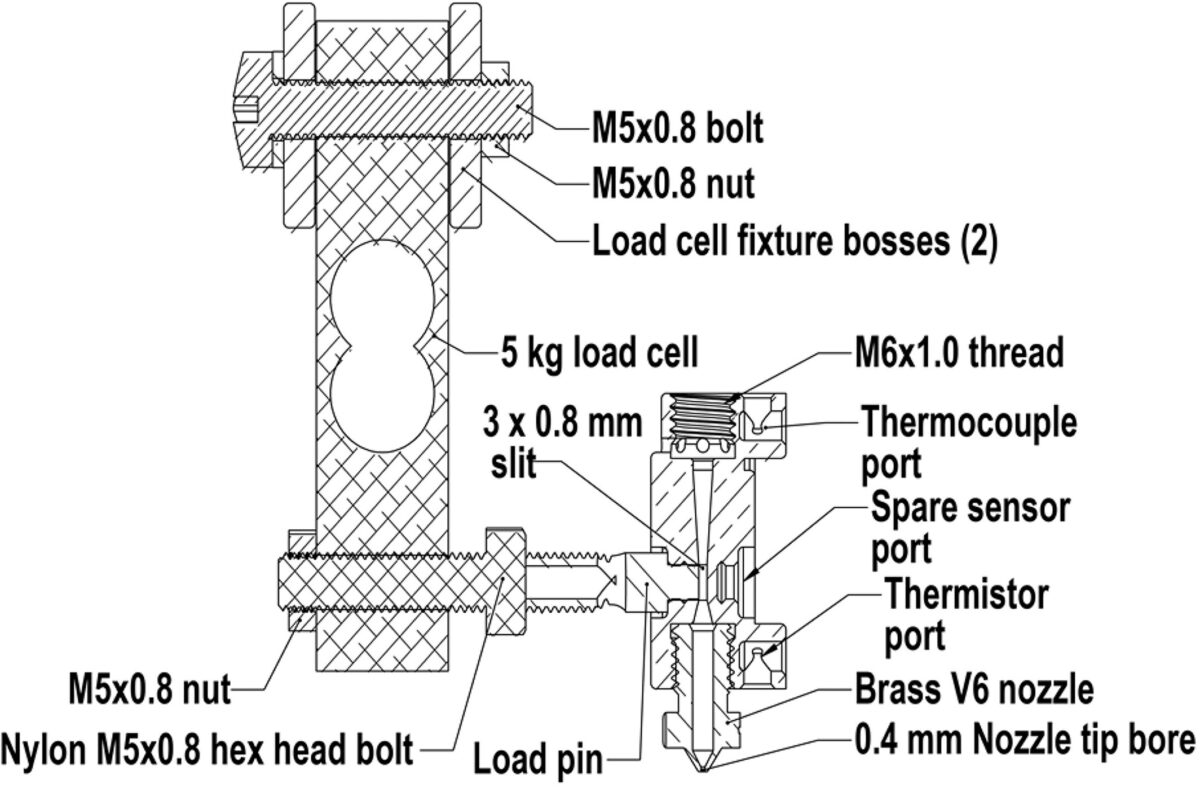Exploring Links in Material Extrusion Additive Manufacturing

Additive manufacturing stands as a game-changer, slashing lead times and enabling the creation of intricate, custom parts through techniques like fused filament fabrication (FFF). While hailed for its prowess, challenges persist in achieving consistent isotropic bulk properties and ensuring reliability in the printed components.
Our exploration delved into the tensile behavior of a model polycarbonate system, unraveling the intricacies that dictate varying tensile properties and the delicate balance between ductile and brittle fractures. Employing a meticulous one factor at a time (OFAT) design of experiments (DOE), we focused on the production of single road-width boxes through material extrusion additive manufacturing, conducting subsequent tensile tests on these specimens.
The study unveiled a crucial revelation—printing at higher speeds holds the key to enhancing mechanical properties, opening avenues for the attainment of isotropic bulk properties. The results showcased a fascinating interplay of ductile and brittle failures within printed samples, shedding light on the intricate mechanisms at play during fracture.
Intriguingly, a jagged fracture path emerged as a hallmark of superior adhesion, emphasizing the importance of interfacial bonding. Conversely, longer layer times exhibited a detrimental impact on interlayer adhesion, compromising the overall quality of the printed structure.
This investigation not only offers a nuanced understanding of the tensile behavior of polycarbonate but also provides practical insights for plastics engineers navigating the additive manufacturing landscape. As we continue to unlock the secrets of this transformative technology, the prospect of achieving isotropic bulk properties becomes not just a goal but an attainable reality, propelling the field of plastics engineering into new dimensions of innovation.
You can read more about this topic in the article, “Interrelationships between process parameters, cross-sectional geometry, fracture behavior, and mechanical properties in material extrusion additive manufacturing” by Ahmed O. Adisa, Austin R. Colon, David O. Kazmer, and Amy M. Peterson, published in the November 2023 issue of PES (Polym Eng Sci. 2023;63:3906-3918, DOI: 10.1002/pen.26495). This article is chosen for its novel analysis of the landscape of printing parameters and determination of the conditions that lead to ductile and brittle failures and isotropic tensile properties in 3D-printed structures of model polycarbonate systems.
